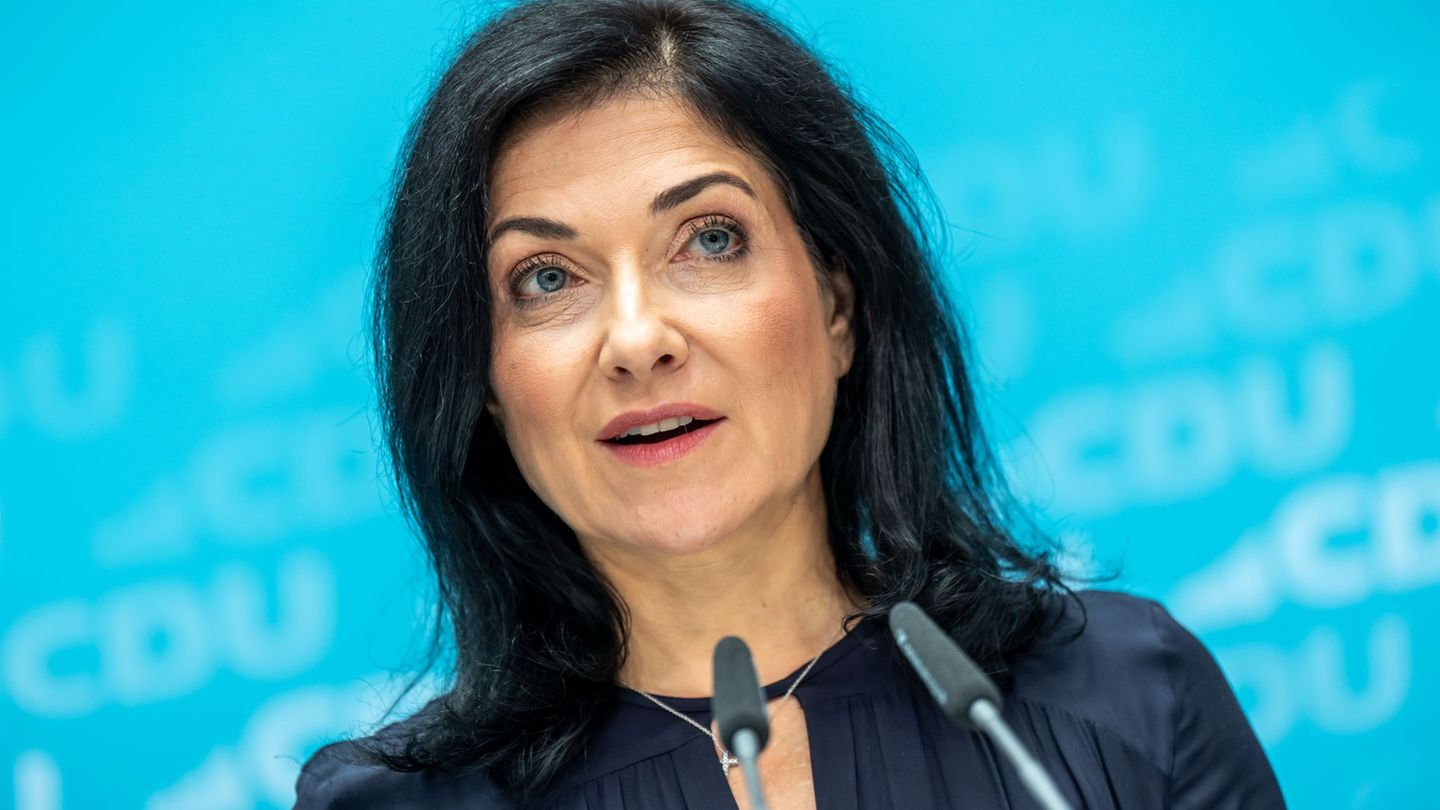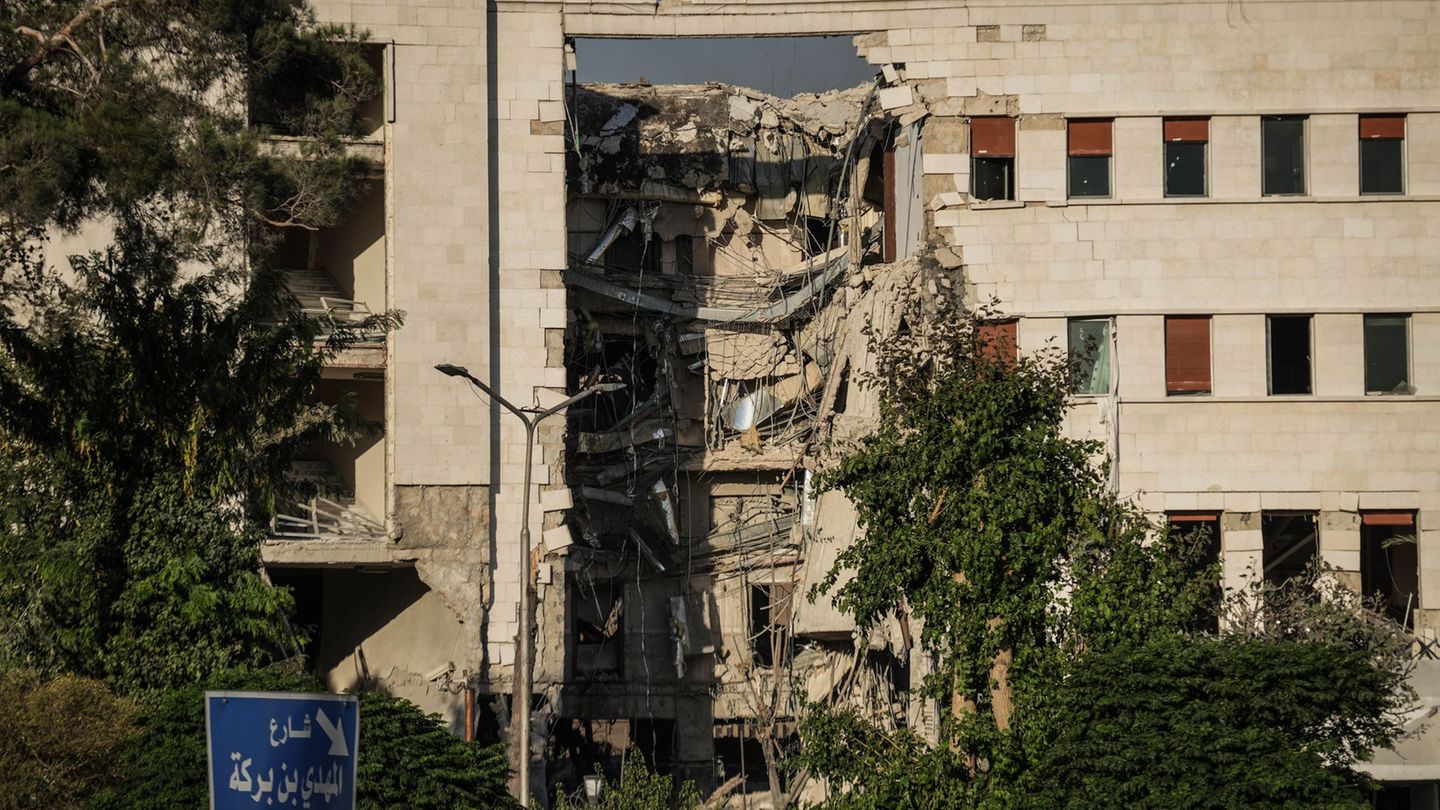Since June, traveling on the subway costs $650. The rate is aligned with international values -although without significant progress on the other side of the increase, reinvestment-, Traveling on the subway has become more expensive and workers’ pockets are noticing it.
This reality is explained by the numbers. According to Luciano Fusarohead of the Argentine Association of Motor Transport Entrepreneurs (AAETA), Traveling by subway is 2.4 times more expensive than traveling by bus with the minimum ticket, currently at $270.
This difference is one of the most pronounced in historical terms, since the gap is “record”. According to Fusaro, the strongest disparity preceding the current one was seen in 2013, when it was 2.3 to 1. With the increase that the motor transport ticket will have on August 12, the ratio will fall to 1.75.
Fall in the number of passengers using the subway
Perhaps it is because of this pronounced disparity that in June, according to AAETAthe number of passengers using the subway fell by 24% in the first half year-on-year.
The decline in economic activity together with the liquefaction of wages generates a double effect: on the one hand, reduces the need to travelif you are unemployed, and on the other hand the disincentivesince for a worker who does not have travel expenses covered It is increasingly difficult for them to cope with the burden of the tariff on their income.
So much so that, according to a report by the Training and Studies on Work and Development (CEyTD) of the UNSAMduring the first trimester an informal worker who took a bus to the train station, and from there another bus to his workplace, He spent around $18,000, 33% of his income, on travel expenses alone.. Exactly the double than last year.
Rafael Skiadaressisspecialist in transport economics, the increase in the subway which raised the rate from $574 to $650 from May to June, “is not out of parameter”.
This is because, if compared to two “modern and extensive systems”, such as the San Pablo metro and Santiago de Chile metrowhere the rate ranges between US$0.9 and US$1 it is observed that in the Buenos Aires is from u$s0.7 – US$0.5 depending on the value of the dollar taken.
For the economist, the discussion should not be “subsidy yes” or “subsidy no”, but how to focus public assistance.Releasing resources to accommodate the service rate should be matched by an increase in investment in the service”, since “it motivates an increase in demand”.
In conclusion, Skiadaressis He says that subsidies are important because “are directed to those who need it most and to finance infrastructure works”. He also argues that reducing the gap between the subway and bus fares does not only involve increasing the ticket price, but also to reduce costs per passenger“This is achieved with greater demand, and for this, improving service is essential,” he emphasizes.
In this context, the Government of the City of Buenos Aires He sent a note on Thursday to the Minister of Economy, Luis Caputoand the head of the Transportation Secretariat, Franco Mogetta where it indicates that the transfer of powers of the 31 lines that operate in CABA is intended to be carried out “without consultation”, making the National State responsible for not to make the corresponding compensations and the conflict that could be generated by public motor transport companies.
Source: Ambito




